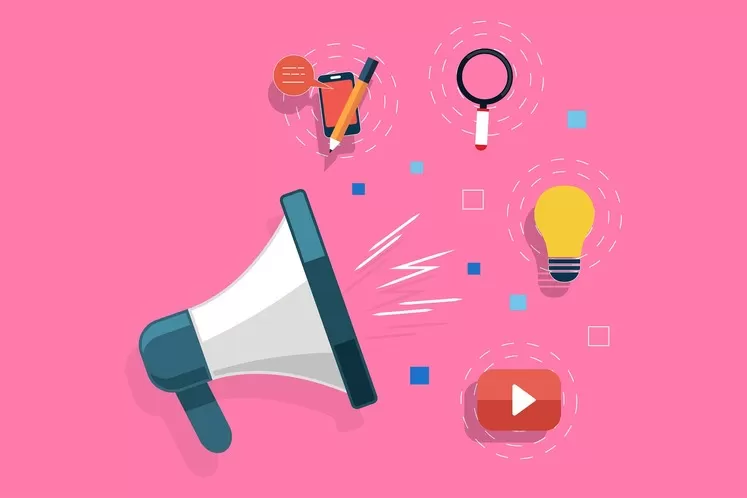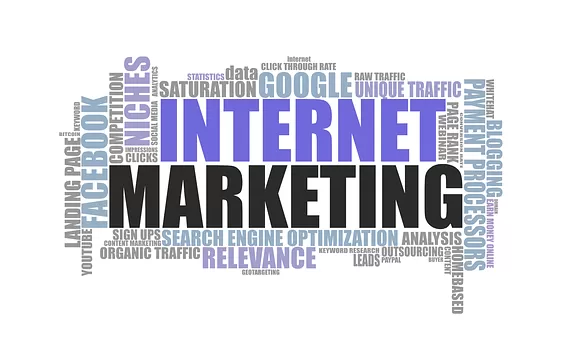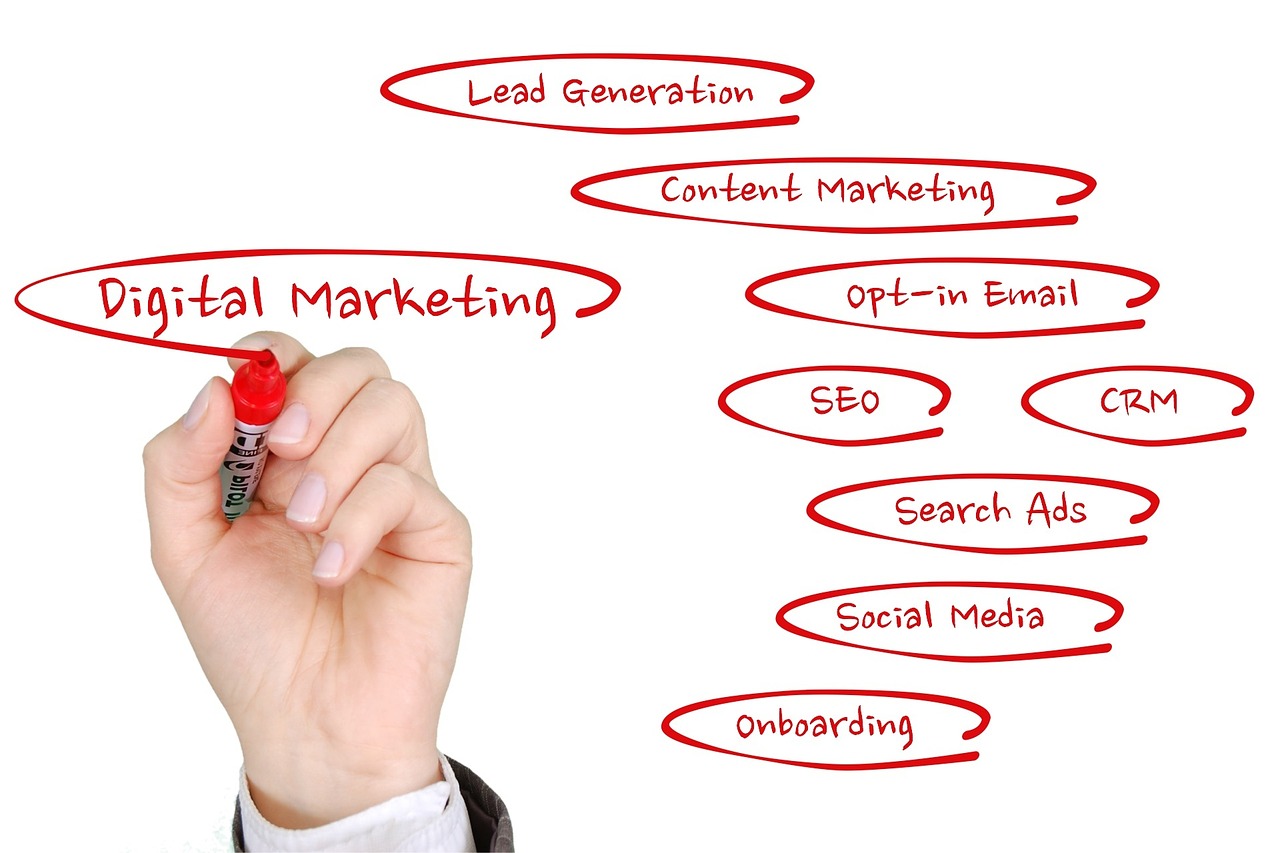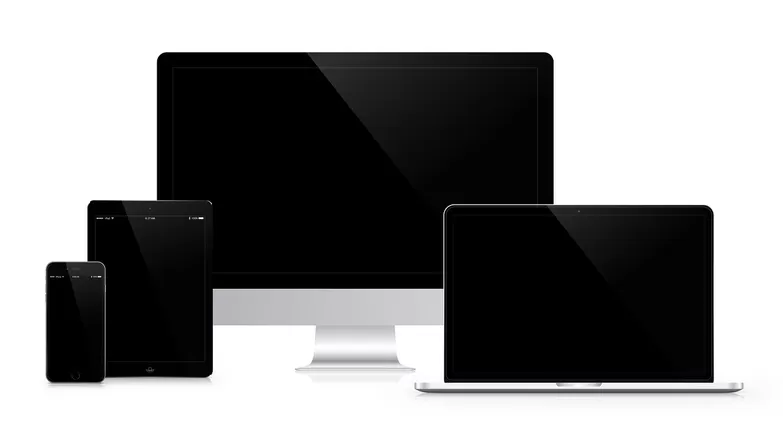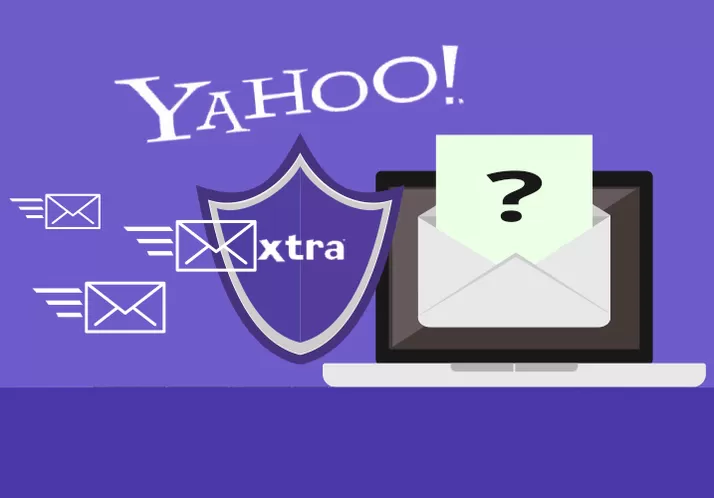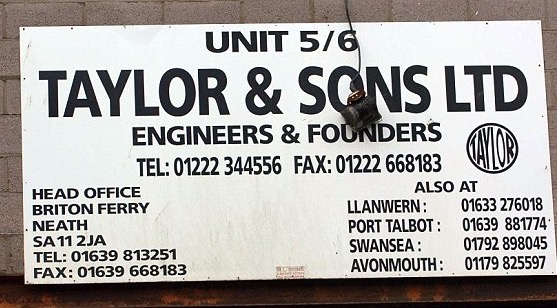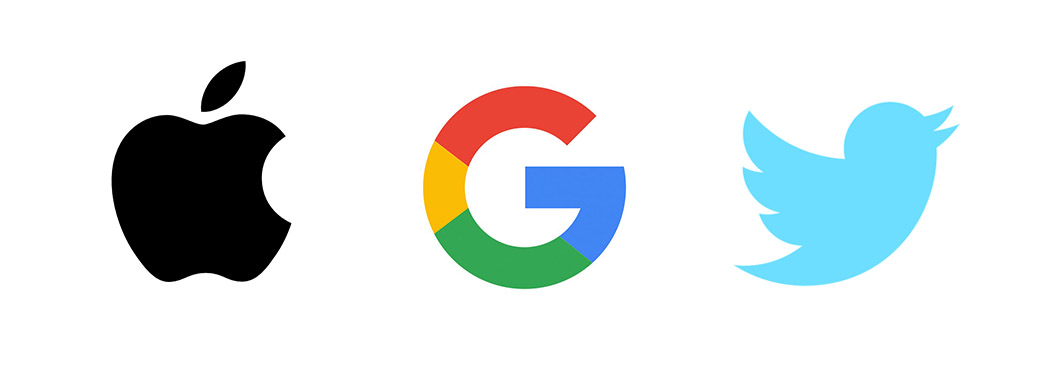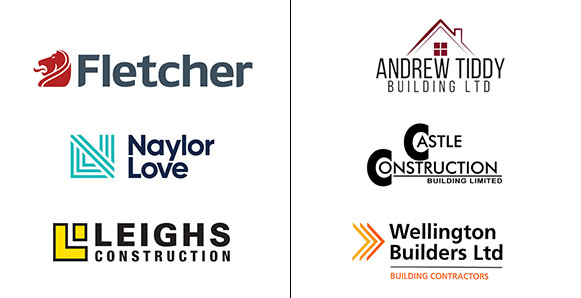Thinking of what unites big brands like Apple, Windows, Android, Nike, or McDonald’s? It’s that you’ll be able to recognise any of these brands, wherever you are in the world, because of their iconic logos. They’re the modern success stories of how a company can use their logo to do the following: make a strong impression on customers, communicate distinctive brand identity, and demonstrate what the company’s vision is with just one visual idea.
A well-designed company logo is a functional investment. It will attract customers to your business, help them distinguish you among your competitors, and uplift your reputation within your chosen industry. You’ll want to partner with someone who provides high-quality graphic design and print services in order to realise these goals.
The following design tips may also help when you’re in the brainstorming phase with your creative team.
1. Study the logos of your competitors or other companies in your industry. If you want a better idea of how a similar business uses their logo, do some research on either your competitors or companies related to your industry. Not only will this give you a better idea of what visuals you want for your own logo, but you’ll also be able to tell whether certain colours, graphic elements, or catchphrases are overused.
2. Be simple and clean in your design approach. Yes, your company logo should be pleasing to the eye, but that doesn’t mean you should cram as many visual elements into it as possible. Most great logos make use of clean lines, simple shapes, negative space, and symmetry.
3. If you want your brand identity to be memorable, aim for something clever. There are several ways to get a customer to remember your brand, and one of them is treating them to a clever inside joke in your logo. One example is the curved bite mark in the Apple logo—without so many words, people understand it to be a pun on computer “bytes.” If you and your creative team can come up with something similar for your logo, all the better it will be!
4. Incorporate something that has to do with the nature of your business. This will serve as a visual cue for your target customers as to what service your business offers. For example, the logo can include a graphic of a spark plug if you offer electrical repairs or the silhouette of a bridal veil if your company organises wedding events.
5. Integrate your brand colours. Colour gives life and texture to any visual work, but to a company logo, it’s essential in communicating what your brand is all about. There’s already a shorthand as to what people associate with colours. For instance, green evokes nature and is therefore suited to health and environmental brands. Alternatively, gold and silver evoke power and exclusivity and are therefore good for luxury brand logos. Do explore different hues for the colours you’ll use in your logo, and make sure that the finished product looks good in greyscale for use in black-and-white documents.
6. Be particular about your choice of typography. Don’t neglect the textual element of your logo, either. The font you use for your brand name, as well as a catchphrase, should be readable. It should also seem like the natural choice given the logo’s other visual elements: for a premium business-related brand, the font should look crisp and professional, while a brand that has to do with selling artisan products can afford to use similarly artsy custom-type text in their logo.
7. Be open to something other than your initial idea. Lastly, do remember that it may take time to arrive at the perfect logo. You might be set on your first idea, but the first draft might not be bold, communicative, or original enough. Ask your graphic artist to help you come up with at least three studies before you pick one out. You’ll be surprised at how creative you can all be once your initial ideas on the logo are challenged!
Out of the many bland, overly complicated, or confusing logos out there, yours should be able to stand out. May you and your design partner come to a creative, original understanding of what your brand is trying to do—because, in the end, that’s what will elevate a company logo from amateur to amazing.





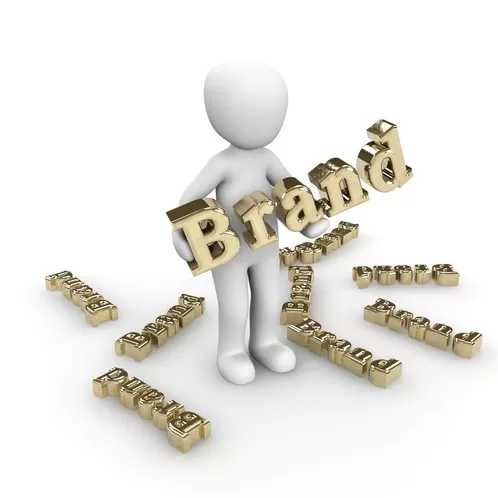
.webp)

